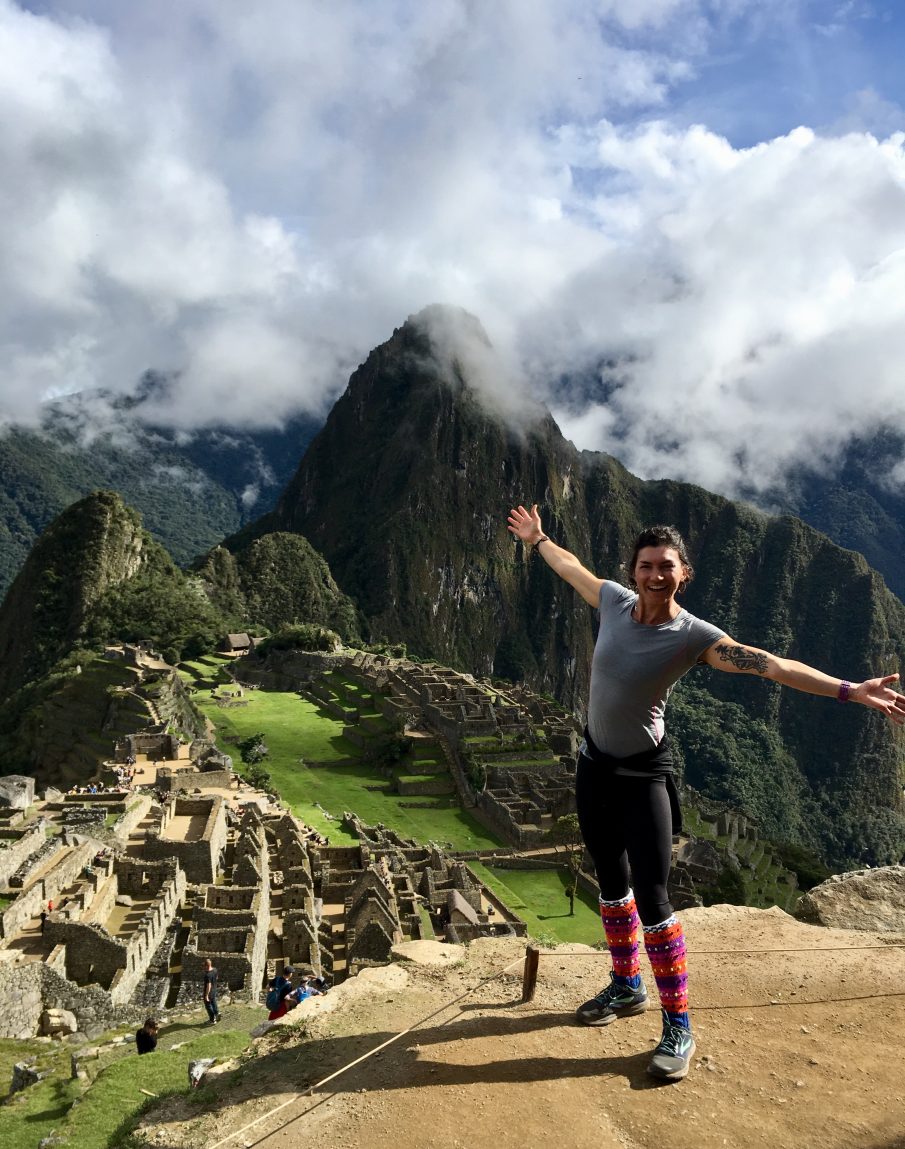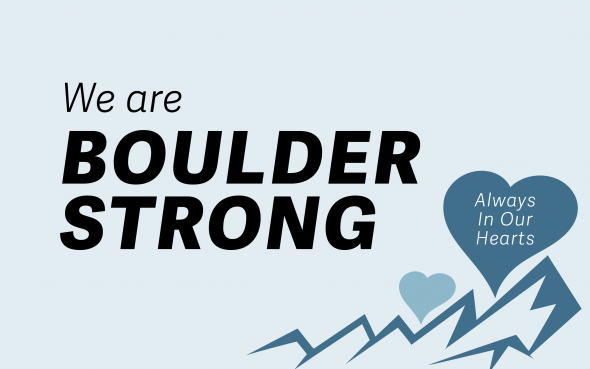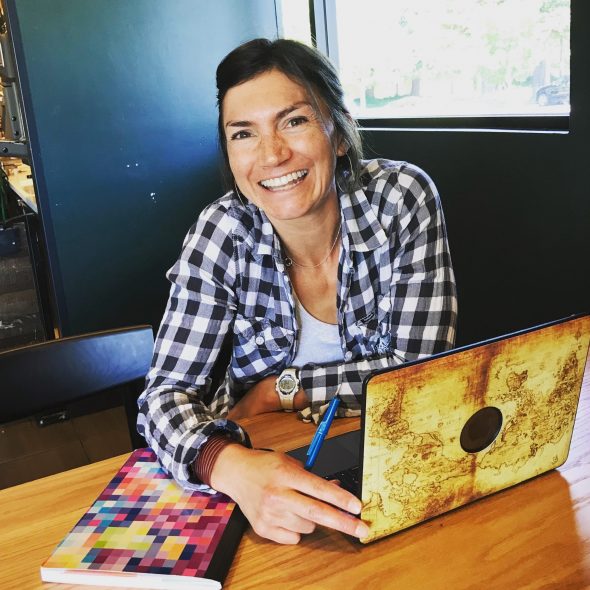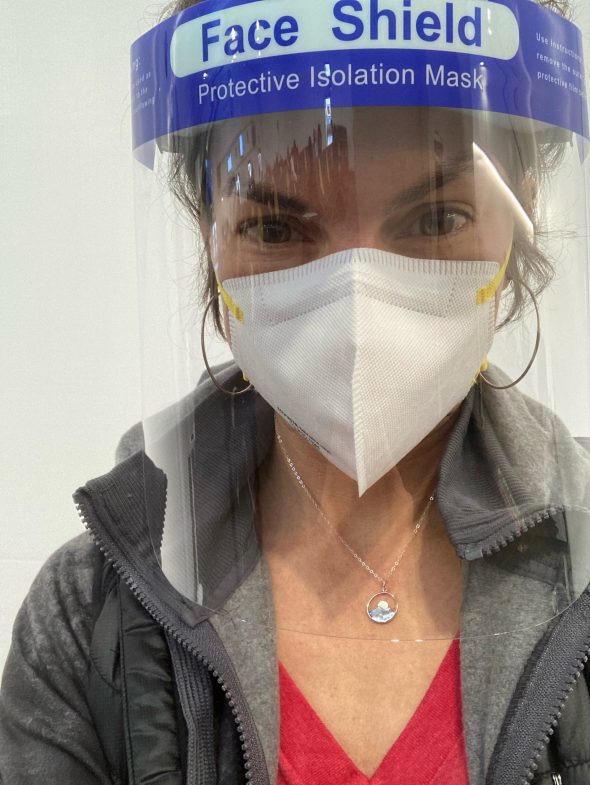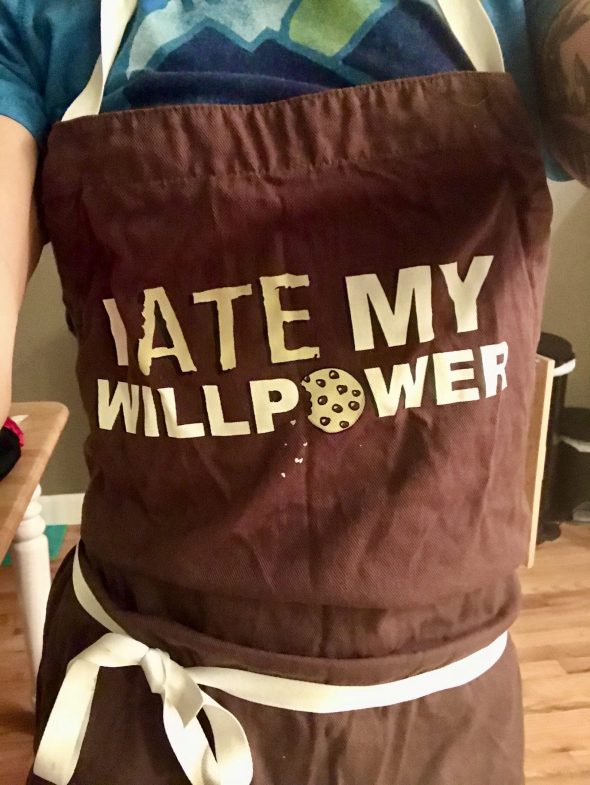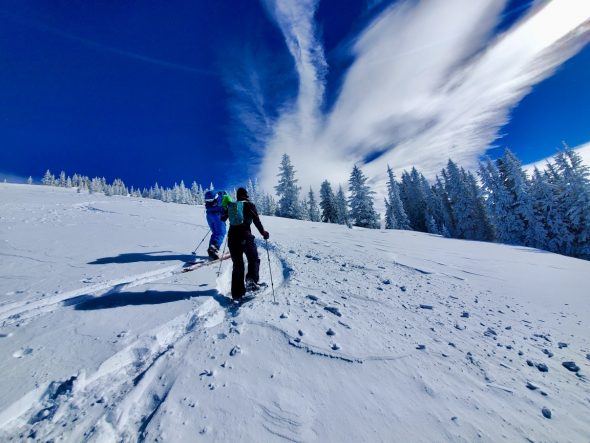I was privileged to get to visit one of the Wonders of the World during my travels in Peru, but I wish I would have done it a little differently. There are many options when you visit Cusco, The Sacred Valley, and Machu Picchu. I had done a little research but honestly, not enough. I was planning my travels while still working in Bogotá and knowing I would be going to a variety of locations; researching and planning for travel (especially international) really takes a lot of time and work. So I defaulted to signing up for a tour group to see parts of the Sacred Valley and Machu Picchu.
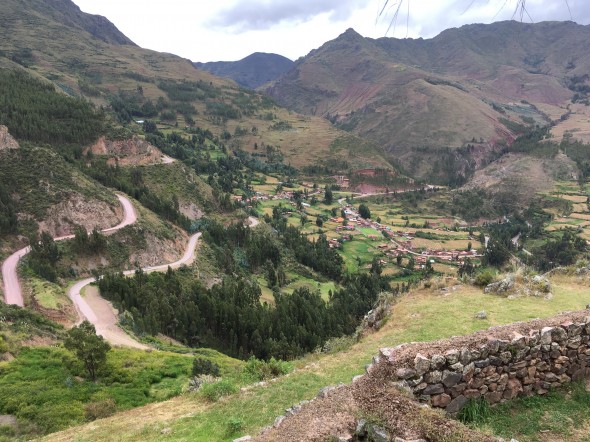
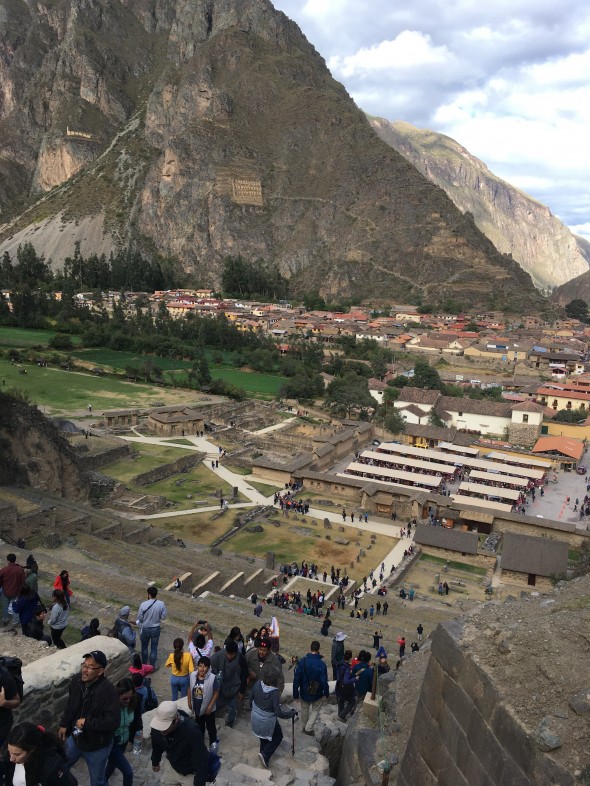
What this did was give me some structure to build around. I stayed in Cusco for 11 days, and then I joined up with a “group” in order to see the “big stuff”. Those are in quotes because what it ended up being was a tour operator who coordinates the 3 days of those tour, but farms out the tasks to other contractors. It seems this is a common way this tourism industry works, and honestly I can see why now that I’ve experienced many of the parts. Logistically, it could be a nightmare, if not impossible, for one company to do all the parts internally for each of the plethora of day-trips and sites there are available to visit in this area. There are many educated & experienced native guides in the areas of interest, some work directly for companies but many are contracted individually. I’m sure this works pretty well for the contractors and for the guides- speaking to flexibility of schedules and availability of work on a day-to-day basis.
But it also allows for a lot of fairly loose planning and ever-changing dynamics. I experienced multiple not-great-communications and confusions leading up to my tour. I realize that as an American, I have certain firm expectations when it comes to planning, itineraries, and heads-up’s if something changes. I really try to set these expectations aside but it’s hard, sometimes hard to even realize what needs to be set aside.
Besides the tour I paid for, which included 3 nights’ lodging, some transportation, and guides, I also had to pay separately for train tickets to the town near Machu Picchu (called Aguas Calientes), andI had to pay a differential in the amount for the MP entrance tickets because I am from the US, which I sort of resent. (I bought my tour as a Groupon in Colombia; apparently Colombians have a different entry fee to MP than North Americans do). All of this added up to much more than I would have expected for less than three days of seeing and experiencing his area of the world.
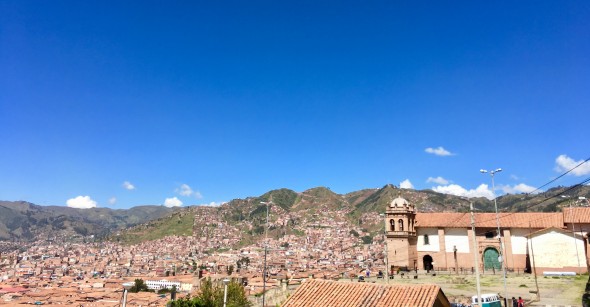
There are many blogs and sites that give information about how to Machu-Pichhu on your own; it still involves buying an entry ticket- usually in advance- and then figuring out all the logistics of how to get yourself there (train, bus, hike, or a combo) because the reality is that it’s not easily-accessible.
Some things to know beforehand:
You need to understand the logistics. Most people will be going to MP or any of the Sacred Valley towns from Cusco, because that is where an International Airport is and it’s a destination in itself. So, you arrive in Cusco. You either stay there for some days like I did, or you can go straight to any of the small towns within the Sacred Valley that leads to MP. (Ollantaytambo, Pisac, Urubamba, and a handful of even smaller ones). Click here to see a map and more info.
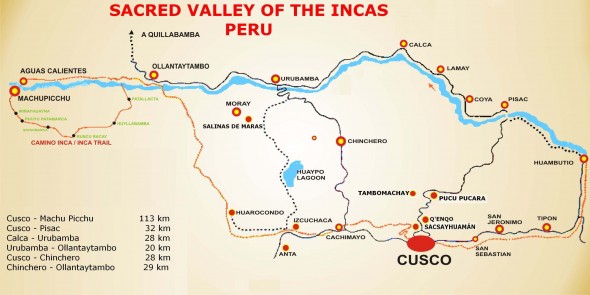
Option 1 – leave from Cusco with any tour operator that will take you (via bus or van) to Ollantaytambo. You can find tour operators online or just arrive in Cusco and walk around a few blocks and you’ll encounter a plethora of little shops that offer tours of all kinds, including single-or-multiple-day trip to Machu Picchu. Trust me, they are everywhere. If you didn’t plan ahead and reserve things online, you definitely can find people/groups to take you once you arrive. I don’t think it’s that easy to sign up last-minute for a trek on the Inca Trail; it appeared to me that needs to be reserved ahead of time. But I think you can find more info about that within other people’s blogs who did backpack the trail. And really….in South America…it seems to me that anything is possible 😉
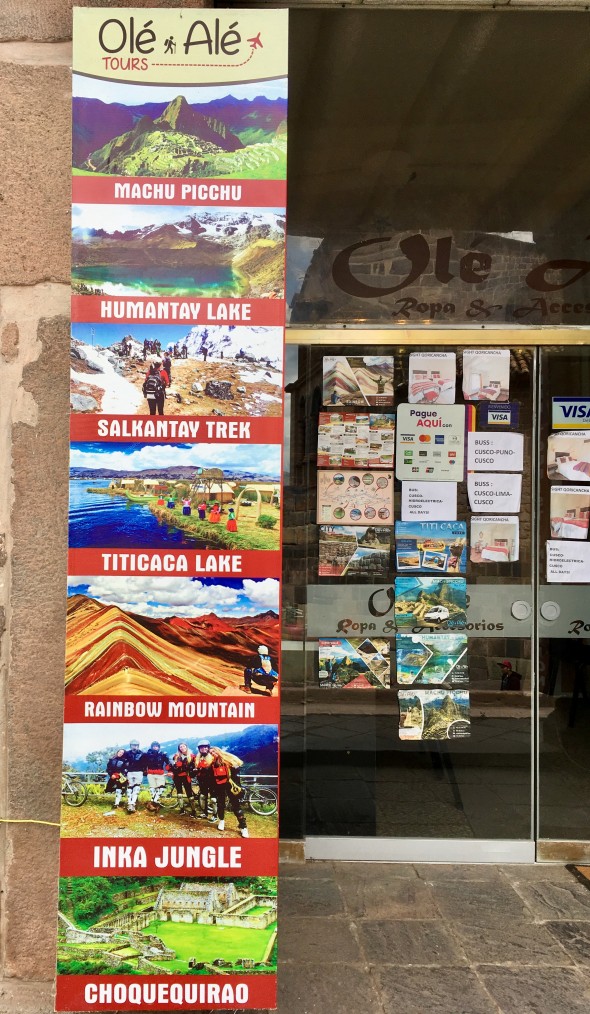
Option 2 – take transportation on your own from Cusco to Ollantaytambo. A private taxi (the most expensive option, maybe 150 soles or $50); or a collectivo van (like a shared taxi) which is only 6 soles ($2); or you could take a public bus (really cheap, like 2 soles which is less than $1). There is also an option to take a train from the Cusco train station to Aguas Calientes on either of the two operators: PeruRail or IncaRail.
If you have visited the Sacred Valley first, on a van or with a taxi, you’ll arrive in Ollantaytambo from where you then take a train (same two operators mentioned above) to Aguas Calientes. I reserved my tickets ahead of time online; it appeared you could try to buy your tickets at the train station but I wouldn’t gamble on that.. the lines are long and with all the other planning this expedition takes it seems best to reserve train tix ahead of time. If you pay a private tour operator to take care of all the parts, they will do this for you…And you will pay for it! Making your own reservation, expect to pay at least $70 each way for the least-fancy option (which is just fine and pretty comfortable, it also includes one beverage and a tiny snack). The train was one of my favorite parts of this trip; the scenery is really pretty. The ride is about 1 hour and 40 minutes.
Note: I also saw some ads that said you could rent a private car/van and they could drive you to MP. I’m sure it’s pretty pricey, but you can know that’s another option besides the train.
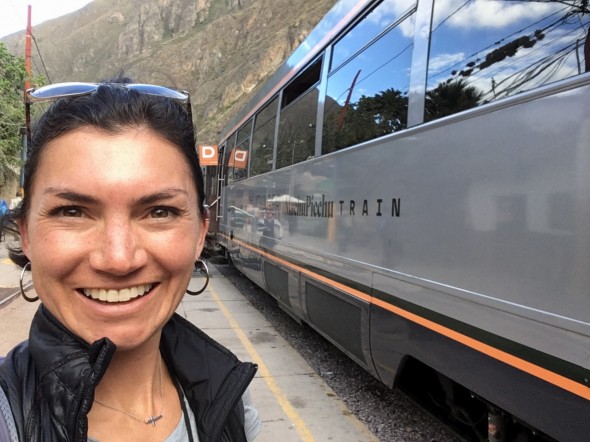
If you want to visit and don’t want to join a group tour, you will still need to buy your Machu Picchu entry ticket ahead of time, online or through a tour operator.
—Decide if you want to ride a bus to the entrance, or if you want to walk. There is pedestrian access via a (fairly difficult) trail of about 1.7 km; you can walk directly from Aguas Calientes (which is the town you need to stay in the night before; there are plenty of hostels and hotels of all qualities). The trail is well-marked with signs and arrows. I was bummed that I didn’t realize I could do this in lieu of taking the bus because I would have much rather done the walk (it’s pretty, and challenging) and would have saved money on the over-priced bus (it’s $12 or 39 soles each way, and is only like 5-7km).
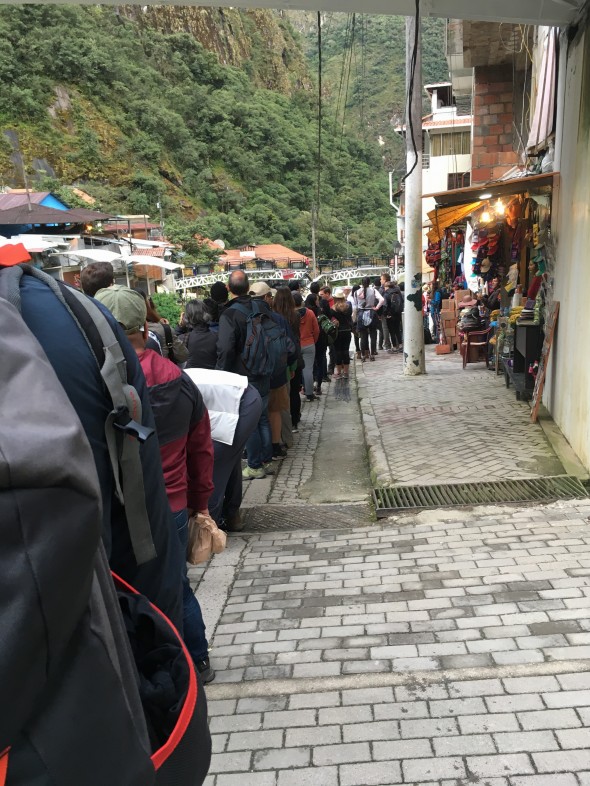
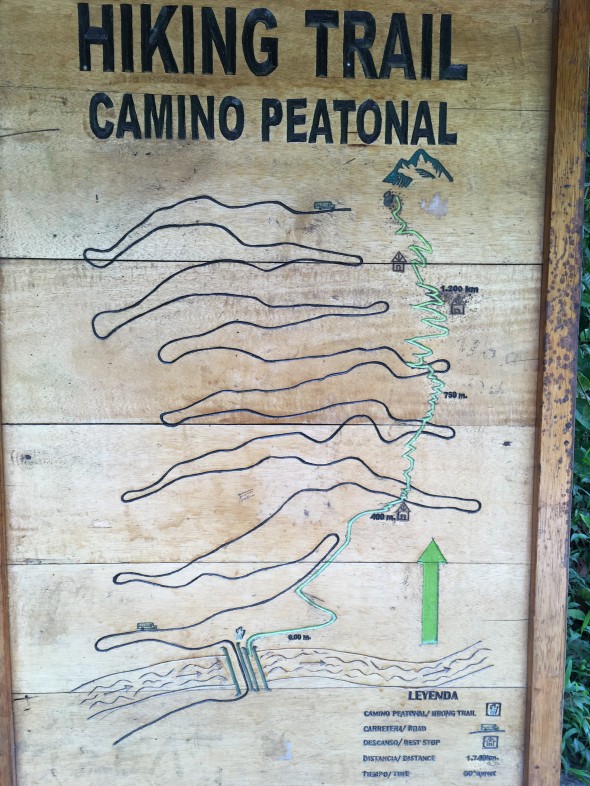
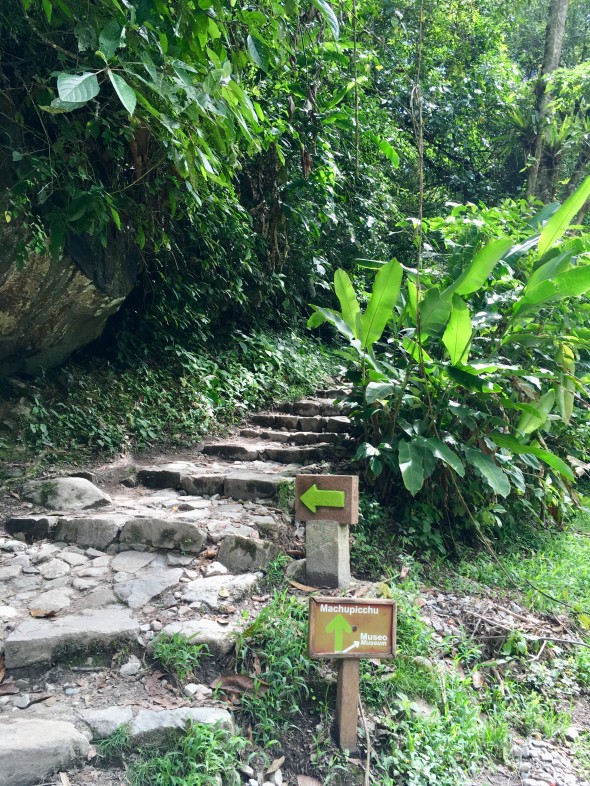
Aguas Calientes is a veritable town but really it’s built up for tourists to stay and enjoy before and after they visit MP. There are tons of restaurants and lodging. There’s a hot springs and a river and never-ending rows of artisan textiles, llama-topped pens, Cusco-embroidered backpacks, and cozy socks mittens and hats. It was so fun to look through all this colorful stuff at first, and now I breeze past all the stalls and people inviting me in; it gets old.
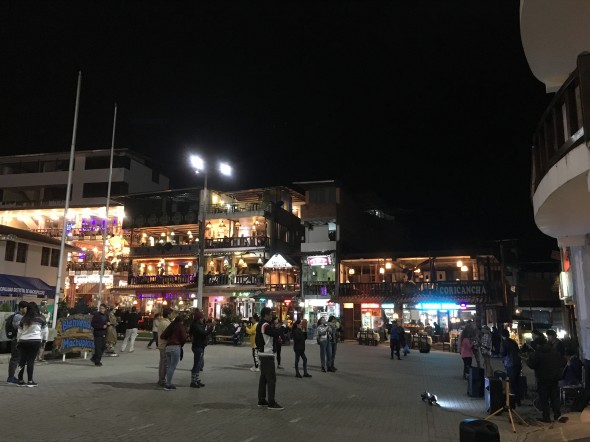
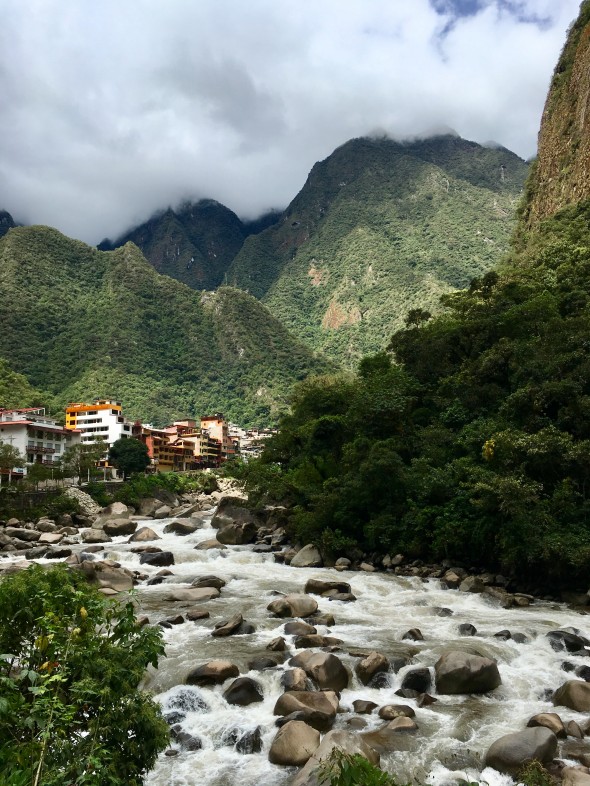
When you buy your entrance tickets to MP (online ahead of time or through a tour operator), you’ll be assigned an entry-time, or maybe you can choose. I don’t know because my tour guide told me the night before that mine was 7am. So I arose at 5am and got in line for the bus (later realizing I could have hiked during the same timeframe). I think there is a sunrise option, and there are definitely later times as well.
Another thing to consider is if you want to visit either of the other two peaks, Huayna Picchu or “Machu Picchu Mountain”. Both of these will cost you more but you get access to those other peaks, a hike, a guide, and different views of MP itself. You see how this all can be confusing? There are so many options, so many parts, and they all cost something additional.
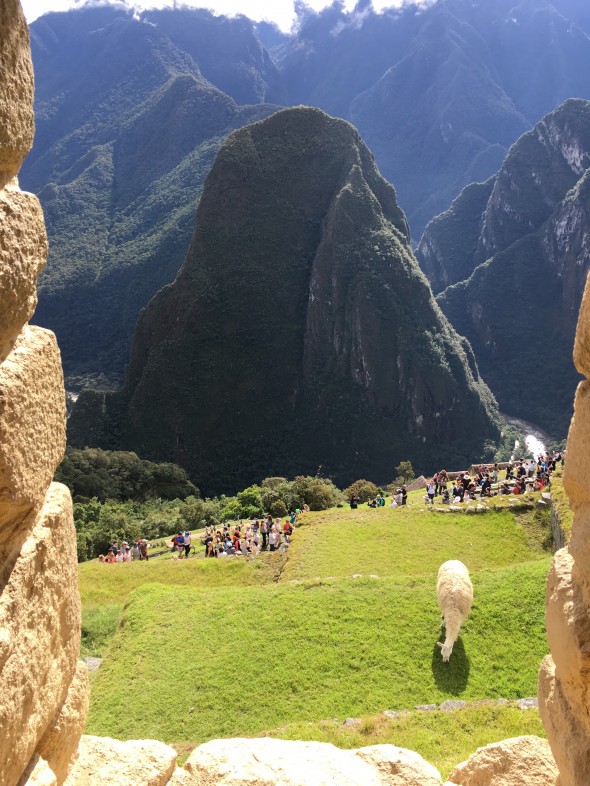
The truly amazing remains of this architectural genius are so sought-after for visiting that there is a limit of over 6 thousand people who can enter per day. You have an assigned time, you can only walk in one direction guided by ropes and enforced by park guards (friendly ones, at least). Having a guide to explain all the details is worth it, because the whole thing is more meaningful when you are told the history and given context. There are also a list of regulations that truly make sense because of the volume of people, but it just makes you kind of sad that you have to read all these things instead of just show up, use your common sense, and appreciate. For example: no touching the stones, no entering behind the ropes, no climbing on stones or walls, no selfies, no jumping or “acrobatics” near or off the stones, no urinating, no exposing yourself. Um, yeah.
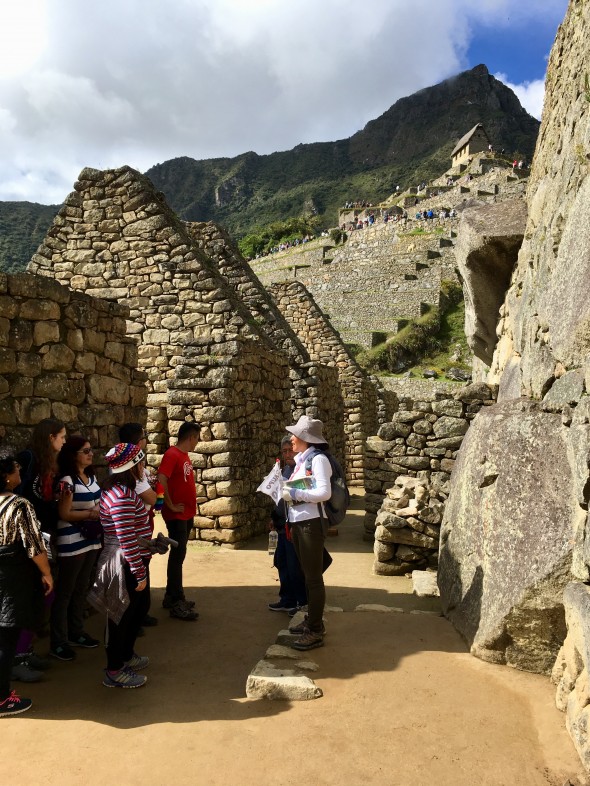
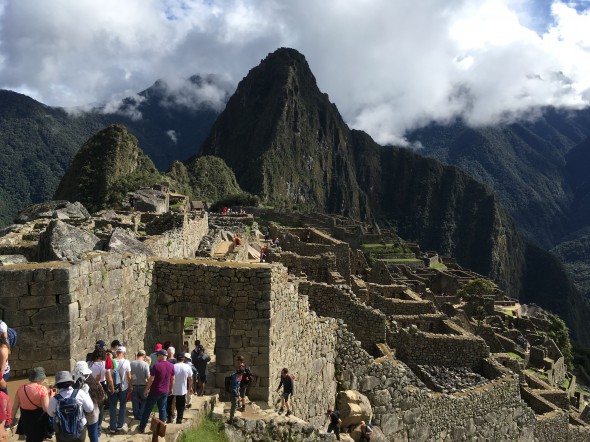
Once I arrived to the historic site, I could see why so many thousands of people want to come here each day. The location of the ancient, perfectly-cut & constructed stone buildings in the middle of a 360-degree landscape of mountains 9,000’ or taller does take your breath away. It’s really hard to comprehend how it was possible to build. And it’s also truly amazing, historically, that the Spanish never found this site, and that’s why it wasn’t destroyed or changed. It was re-discovered (by an American named Hiram Bingham, side-note it’s adorable to hear this name in a Peruvian-Spanish accent, and they say it a ton in the tour) in 1875.
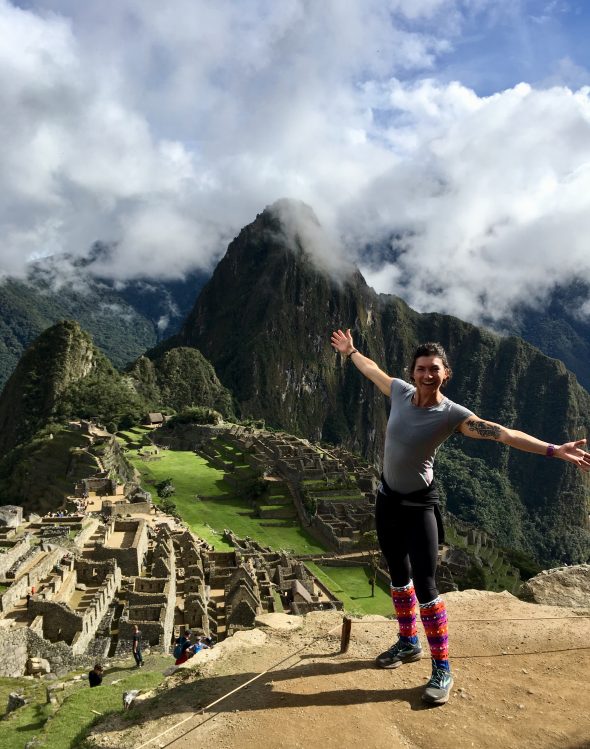
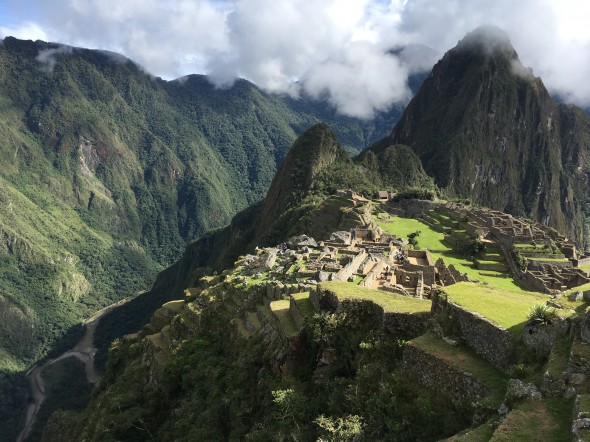
My experience with Machu Picchu reminds me that the somewhat-overused expression “it’s the journey, not the destination” applies for me here. The moment I arrived at MP, among the throngs, I wasn’t that over-joyed. The sights were amazing, don’t get me wrong, but the delights I experienced came along the journey to arrive at what was was an overly built-up moment. The Peruvians (and other nationalities, too) I interacted with, the meals on the way, the Sacred Valley tour guide who spoke in an overly-dramatic voice that made me giggle when he talked about the Inca history, the views during the van and bus rides, the entire train ride including the young Spanish couple and the solo French traveler I sat next to, the silly-adorable llamas that are simply everywhere…those make the trip. Those details make the journey a super-memorable one and not just an expensive one with a lot of pretty photos.
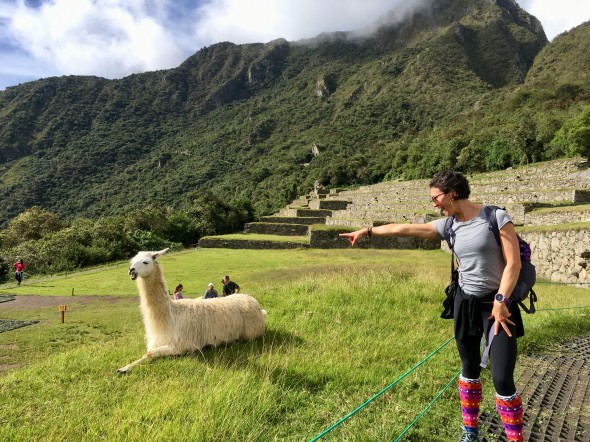
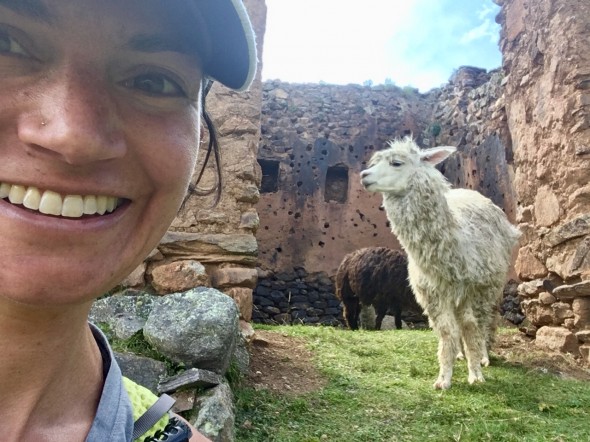
Note: All the boldface words in this text are supposed to have a link so you could open a page and read more information about the topic. I had an issue with the links and wasted a lot of time…I wanted to get this blog published so I’ll add the links later…if you’re interested 😉
